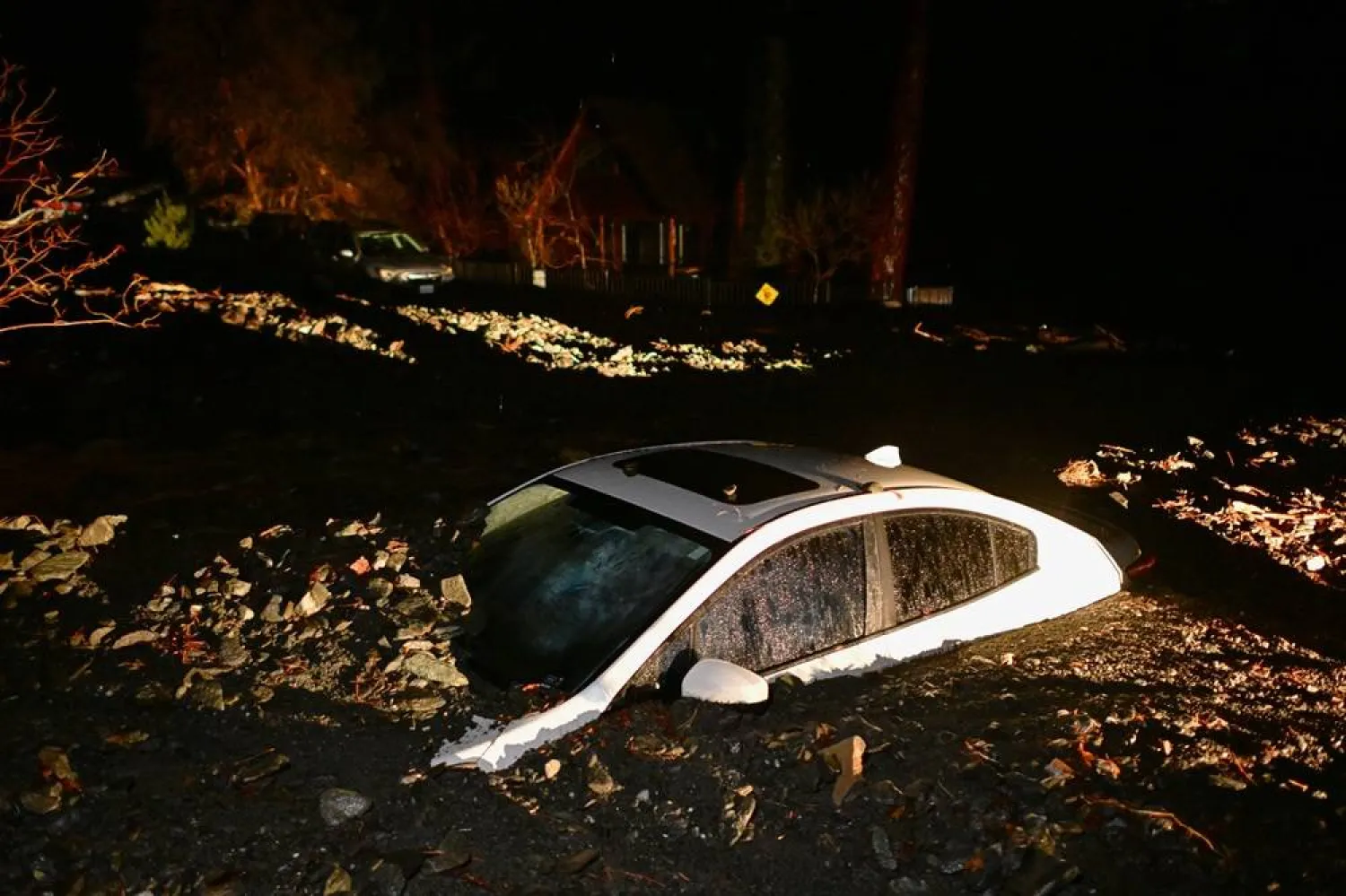Iraq's prime minister on Sunday announced a campaign to combat the severe impacts of climate change on the water-scarce country, including by planting five million palms and trees.
Iraq suffers from extreme summer heat, frequent droughts, desertification and regular dust storms, problems that are all exacerbated by a heating planet.
According to AFP, Prime Minister Mohammed Shia al-Sudani told a climate conference that more than seven million Iraqis had already been affected by climate change and hundreds of thousands displaced by drought.
He cited challenges including "high temperatures, scarcity of rain and an increase in dust storms" as well as shrinking green spaces, which all "threaten food, health, environmental and community security".
Sudani, who took office in late October, said his government was launching "a grand afforestation initiative, which includes planting five million trees and palm trees in all governorates of Iraq".
In the spring of last year, Iraq was swept by about a dozen major sand or dust storms which blanketed Baghdad and other areas, causing breathing difficulties for thousands and forcing the closure of airports and schools.
Sudani said the government was working on a wider "Iraqi vision for climate action", speaking at a conference in the southern city of Basra attended by foreign ambassadors and UN officials.
The plan would include promoting clean and renewable energy, new irrigation and water treatment projects and reduced industrial gas flaring, he said, without announcing details on funding or timeframes.









